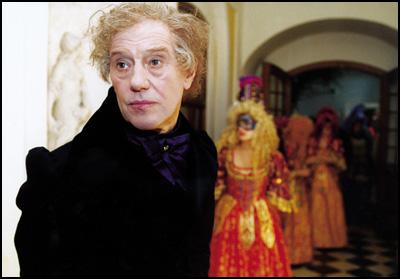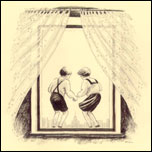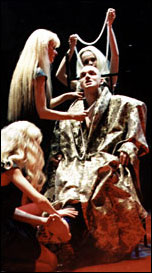Show Space: Curating Art in and from East Central Europe
Architectures of Gender. Contemporary Women’s Art in Poland. SculptureCenter, Long Island City, New York, 11.04. – 8.06. 2003
(www.sculpture-center.org; www.polishculture-nyc.org)
Participating artists: Izabella Gustowska, Elzbieta Jablonska, Katarzyna Jozefowicz, Agnieszka Kalinowska, Katarzyna Kozyra, Zofia Kulik, Natalia LL, Dorota Nieznalska, Hanna Nowicka-Grochal, Paulina Olowska, Anna Plotnicka, Jadwiga Sawicka, Dominika Skutnik, Monika Sosnowska, Julita Wojcik, Karolina Wysocka.
In this new series, curators from East-Central Europe talk about recent exhibition projects. We begin the series with a report by Aneta Szylak (gdansk) on her recent project Constructing Architectures of Gender. Aneta Szylak, curator based in Gdansk, Vice-President of the … Read more













